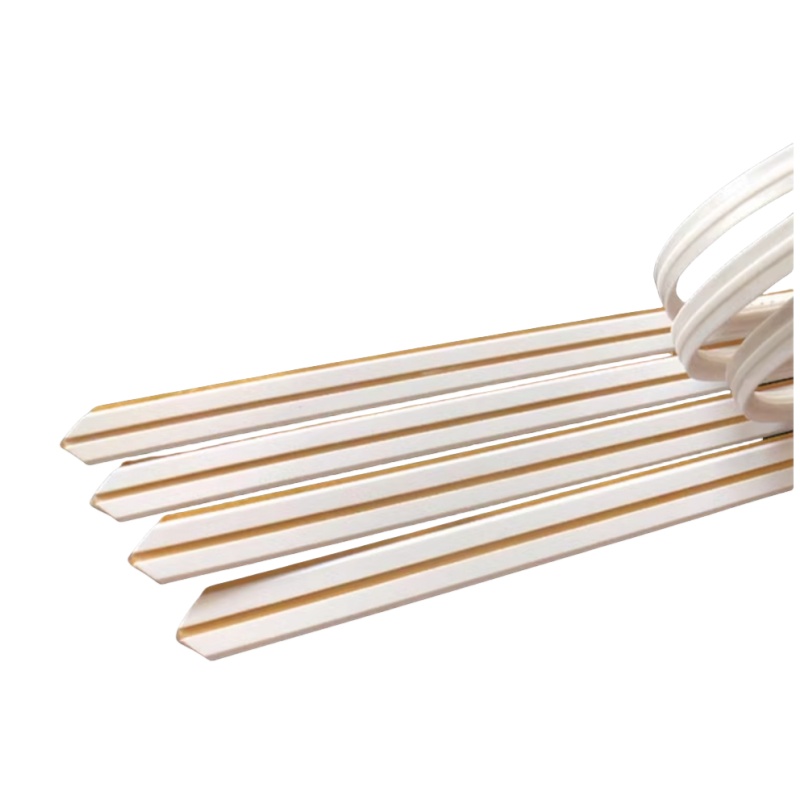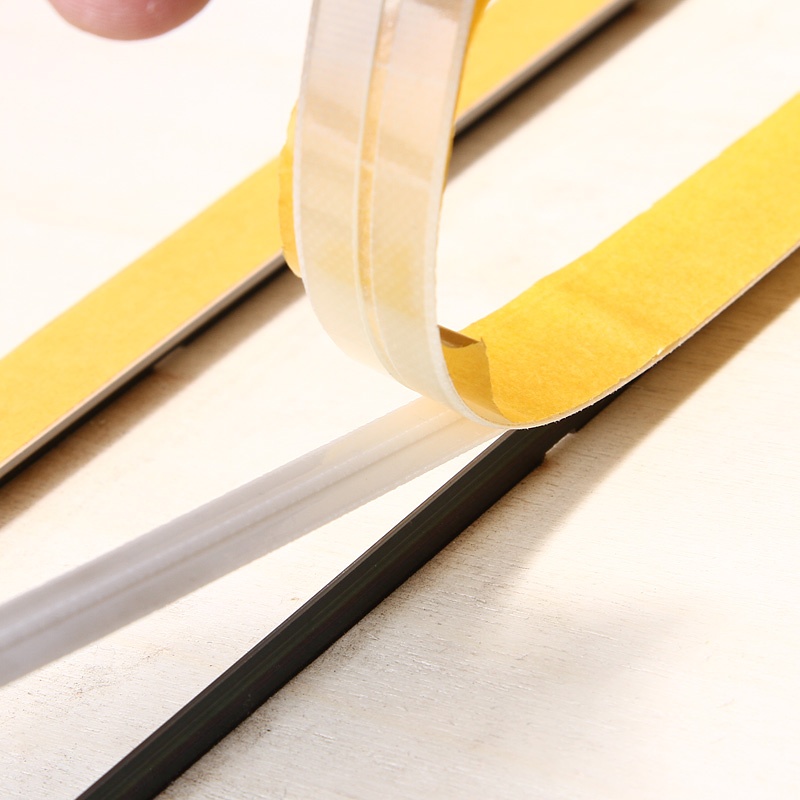
Metal forming steel making practices fulfill a major capacity in generating high-quality parts throughout a vast spectrum of sectors. Such steels manifest remarkable endurance, providing them to sustain severe loads involved in production workflows. From manufacturing units to technological machinery, rule die steel retains its application in a extensive of segments.
- Industrial units: Rule die steel is indispensable for crafting accurate and sharp assemblies such as shafts, actuators and frames.
- Healthcare systems: The high precision and durability of rule die steel make it suitable for manufacturing detailed precision tools.
- Press Tools: Rule die steel constitutes the basis of robust tooling and molds used in various manufacturing processes, ensuring consistent product output levels.
Rigorousness Cutting Rules for Clear-Cut Sheet Metal Fabrication
Obtaining precision in sheet metal fabrication needs thorough attention to accuracy, particularly when it comes to severing. Making use of the right cutting rules is indispensable to guaranteeing accurate and trustworthy results. First and foremost, selecting the appropriate cutting method for your material thickness and desired edge quality is paramount. Options include water jet cutting, each with its own strengths. Then, understanding material properties like tensile strength, ductility, and hardness can help prevent warping or damage during the cutting process. Always check a material's datasheet for specific guidelines on safe cutting practices.
- Equally, maintaining sharp cutting tools is vital for clean cuts and preventing stress on the sheet metal.
- Temperature stabilization the material can reduce thermal stress and improve cut quality in thicker materials.
- Ultimately, post-processing steps like deburring and edge finishing are imperative for ensuring a professional and functional product.
Comprehending Punch and Die Construction
Punch and die construction is a pivotal aspect of the metal stamping process. These tools create metal sheets into various fragments by applying exact pressure. The design and construction of punches and dies substantially influence the standard of the stamped fabrications. A well-constructed punch commonly features a hardened steel tip to withstand repeated strikes, while the die corresponds to this force with a precisely machined cavity. The interface between these two elements maintains the precise transfer of shape and range to the metal sheet. The intricacy of punch and die construction can alter based on the particular requirements of the stamping application. Parameters such as the material thickness, shape complexity, and production volume wholly play a role in determining the design of the tools. Understanding these fundamental principles of punch and die construction is key for anyone involved in the metal stamping industry. From designers to operators, a solid grasp of this subject can foster to increased efficiency, product quality, and overall success.Creasing Matrices: Enhancing Folding Accuracy
When it comes to achieving precise bending in the realm of fabrication and material processing, creasing matrices emerge as a indispensable element. These specialized tools, often crafted from rigid materials like steel, are strategically designed to impart distinct creases into sheets or substrates. By exerting controlled pressure at specific points along the material's surface, creasing matrices effectively establish fold lines that guide subsequent bending operations. This pre-creasing process substantially enhances folding accuracy, resulting in more accurate and uniform final products.
- The precise nature of creasing matrices allows for the production of elaborate folds and designs.
- They can be customized to accommodate a wide range of material thicknesses and properties.
- Creasing matrices play a vital role in industries such as paper manufacturing, cardboard packaging, and printed circuit board fabrication.
Rapid-Speed Rule Die Steel for Transport Industry
The motor market is continuously seeking materials that can withstand the extreme conditions of manufacturing and use. In particular, high-speed rule die steel has emerged as a crucial ingredient due to its exceptional traits. This material exhibits superior hardness, wear resistance, and toughness, making it ideal for producing intricate automotive parts.
- Furthermore, its ability to maintain these properties at elevated temperatures promotes efficient production processes.
- Purposes of high-speed rule die steel in the automotive industry are diverse.
- Demonstrations include cutting tools, molds for plastic components, and dies used in sheet metal stamping.
Enhancing Rule Die Steel Hardness for Cutting Performance
Reaching optimal cutting performance with rule die steel hinges on carefully picking the appropriate hardness level. A compromise between hardness and ductility is fundamental to ensure both acuteness of the cutting edge and resistance to chipping. Robust steels can withstand increased cutting forces and resist deformation, leading to longer tool life. However, excessively hard steels may become brittle and prone to breaking, compromising the integrity of the cutting process.
- Factors like material being cut, cutting speed, and feed rate all shape the ideal hardness range.
- Employing tempering can effectively modify the hardness of rule die steel.
Understanding the relationship between hardness and cutting performance allows for upgrading of tool life, surface finish, and overall cutting efficiency.
Factors to Consider When Punching Various Materials
When designing punches for material manufacturing, several key considerations must be taken into account. The type of material being punched significantly influences the punch design. For instance, solid materials like steel require punches with more durable edges to effectively penetrate and deform the material. Conversely, flexible materials like aluminum can be punched with punches featuring less aggressive geometries to minimize edge damage and ensure clean cuts. Besides, factors such as the material's density also play a role in punch design. Thicker materials often necessitate larger punch diameters and increased push for successful piercing. Understanding the material's characteristics is essential to select an appropriate punch material and geometry that ensures optimal performance and minimizes tool wear. In essence, a well-designed punch should effectively cut the material while minimizing deformation, damage, and tooling wear.Preserving Sharpness of Cutting Dies
Maintaining cutting dies in peak condition is vital for ensuring accurate and efficient die-cutting operations. Over time, the cutting edges of dies can become dull or damaged, leading to inconsistent cuts, material defects, and increased production costs. To maximize die lifespan and optimize cutting performance, it's imperative to follow a regular sharpening and maintenance schedule.
- Regularly inspect cutting edges for signs of wear, such as chipping or rounding.
- Adopt specialized sharpening tools designed for die-cutting applications.
- Clean dies carefully after each use to remove debris and prevent rust buildup.
- Store dies in a clean, dry environment when not in use to protect them from corrosion.
By adhering to these best practices, you can extend the life of your cutting dies and preserve consistent, high-quality die-cutting results.
Rule Die Steel Matching Guide by Use
When selecting rule die steel, consider its deployment. Various types of rule die steel excel in different applications due to their unique traits. For example, high-carbon steel is appropriate for hardwearing rule dies used in demanding applications like engineering production. On the other hand, tool steels with enhanced elements are often employed when service life is paramount.
- Confer with a reputable rule die steel merchant to confirm the best variant for your specific needs.
- Variables like assembly method, production volume, and ambient conditions all determine the ideal rule die steel selection.
Be aware that proper servicing and lubrication can significantly increase the lifespan of your rule die steel, regardless of its version.
Meticulous Creasing Matrix for Packaging Applications
In the realm of sophisticated packaging design, precision is fundamental. A durable creasing matrix plays a vital task in ensuring clean, clear creases that enhance the professional look of packaged products. These matrices are meticulously fabricated from durable materials like steel or carbide, and they come in various designs to accommodate diverse packaging expectations.
The fineness of a creasing matrix directly impacts the strength of the finished package. A well-maintained scoring matrix will result in regular creases that not only boost the product's visual presentation but also contribute to its strength.
- Variables to consider when choosing a creasing matrix include the surface of the packaging, the required prominence, and the volume of production.
- Scheduled maintenance of the creasing matrix is essential to protect its accuracy and boost endurance.
- Allocating in a high-quality creasing matrix can be a effective decision for any packaging operation, as it contributes to the productivity of the production process and enhances the overall benefit of the finished product.
Case Studies: Successful Implementation of Rule Die Steel Leverage
A compelling array of case studies highlight the remarkable efficacy of rule die steel across diverse industrial applications. From the demanding realm of automotive manufacturing to the intricate world of electronics production, these real-world examples reveal the transformative power of this advanced material. Groups have employed rule die steel to achieve notable improvements in product quality, production efficiency, and overall functional resilience.
- One notable case study centers on a leading constructor of aerospace components, where the implementation of rule die steel resulted in a substantial reduction in part defects and an upgraded production cycle time.
- In another instance, a renowned electronics manufacturer successfully deployed rule die steel to fabricate intricate circuit boards with unprecedented precision and accuracy, leading to a remarkable improvement in product reliability.
These case studies provide irrefutable evidence of the utility of rule die steel as a solution for handling the tough requirements of modern industries.
